Your cart is currently empty!
check valve for clean water
A check valve for clean water is used to prevent water from flowing backward in the system — meaning it stops water from returning toward the pump or water source. It’s a simple but important component in all types of water installations, especially with pumps, pressure tanks, and piping.
Function
A check valve is a one-way valve:
-
Water can flow only in one direction (forward).
-
When the flow tries to go backward, the valve closes automatically.
It protects against:
-
The pump losing its prime (water filling).
-
Pressure loss in the system when the pump stops.
-
Contamination of the water supply from backflow.
Common types of check valves for clean water
-
Spring-loaded check valve (inline type)
-
Installed on the discharge side or in the pipe.
-
Closes quickly thanks to a spring mechanism.
-
Available in brass, stainless steel, or plastic (e.g. PVC).
-
Common thread sizes: 1/2”, 3/4”, 1”, 1 1/4”.
-
-
Foot valve (with strainer/filter)
-
Placed at the end of the suction line (in the well or tank).
-
Includes a built-in check valve + a strainer to keep out debris.
-
Keeps the suction line and pump filled with water.
-
-
Flap valve
-
More common in larger pipe systems or wastewater applications.
-
Sometimes used for irrigation or industrial setups.
-
Material options for clean water
-
Brass – durable and common for domestic water systems.
-
Stainless steel – corrosion-resistant, suitable for drinking water.
-
Plastic (PVC/PP) – lightweight, inexpensive, and chemically resistant; often used in irrigation.
All of these are available in potable-water-approved versions (e.g. WRAS or KIWA certified).
Placement
-
On the suction line: right before the pump, often combined with a foot valve.
-
On the discharge side: to maintain pressure and prevent backflow toward the pump.
-

Art.nr: xyl5885082
Check valve G32 Flygt
36,34 € Add to cart -
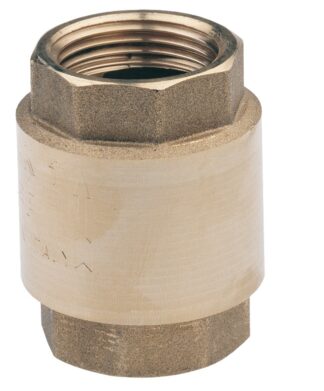
Art.nr: xylQ-8550
Check valve R15 (1/2″)
7,27 € Add to cart -

Art.nr: xylQ-8552
Check valve R20 (3/4″)
9,84 € Add to cart -

Art.nr: xylQ-8551
Check valve R25 (1″)
13,43 € Add to cart -
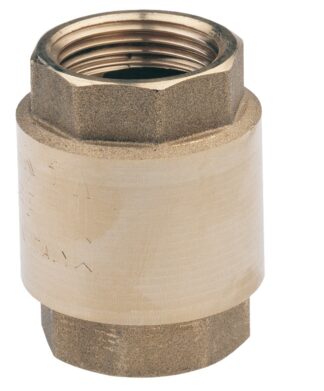
Art.nr: xylQ-8553
Check valve R32 (1 1/4″)
21,07 € Add to cart -
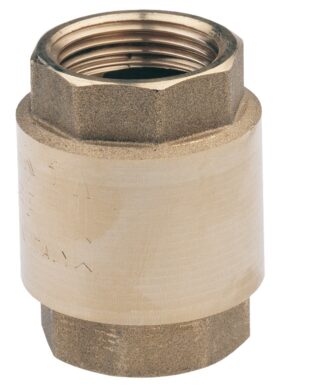
Art.nr: xylQ-8554
Check valve R40 (1 1/2″)
28,61 € Add to cart -
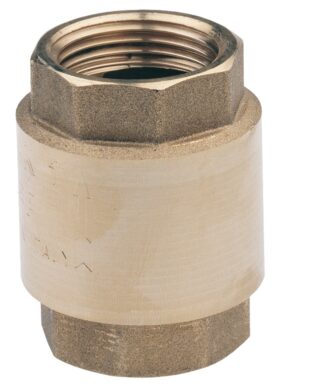
Art.nr: xylQ-8555
Check valve R50 (2″)
43,88 € Add to cart -
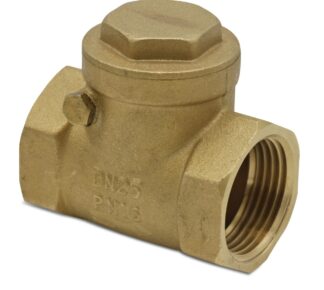
Art.nr: 109909
Flap check valve R25
23 € Add to cart -
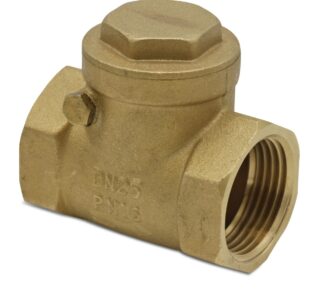
Art.nr: dah121-32
Flap check valve R32
38,64 € Add to cart -
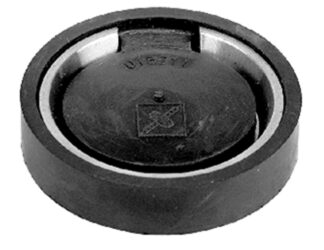
Art.nr: dah5886065
Flap check valve R32 plastic
17,94 € Add to cart -
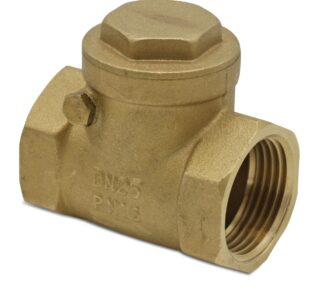
Art.nr: sca121-33
Flap check valve R40
50,14 € Add to cart -
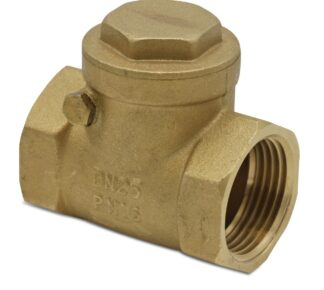
Art.nr: 101797
Flap check valve R50
70,38 € Add to cart -
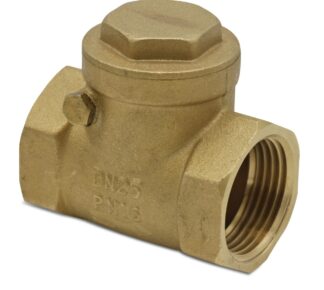
Art.nr: xylq-8791
Flap check valve R80
216,11 € Add to cart -

Art.nr: scaPT-VAK50
SIPHON SWITCH PEM 50
238,74 € Add to cart -
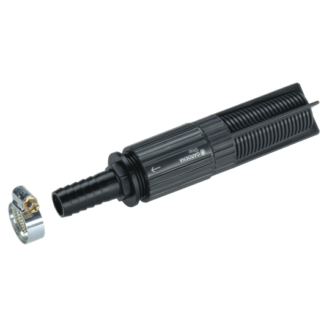
Art.nr: 900948301
Suction filter with check valve 25 mm
30,27 € Add to cart -

Art.nr: ahl5950242
Suction hose 7 m including bottom valve dim 25
46 € Add to cart -

Art.nr: 900917201
Suction hose with check valve 3.5 m
61,64 € Add to cart

